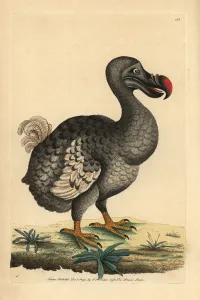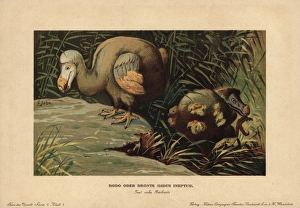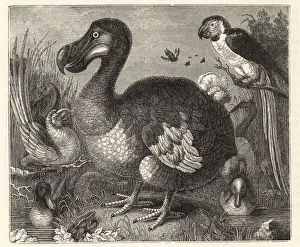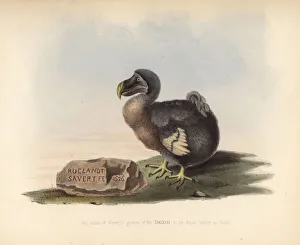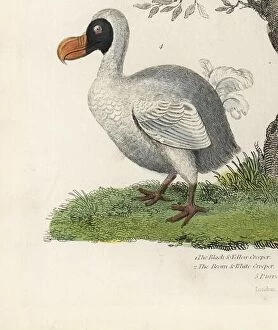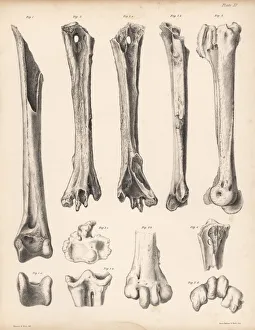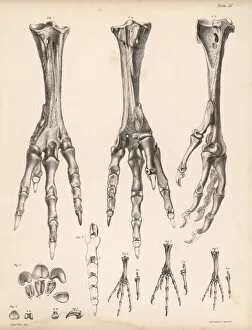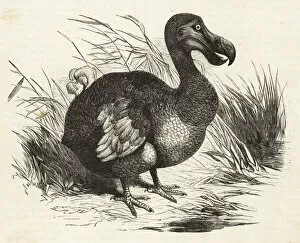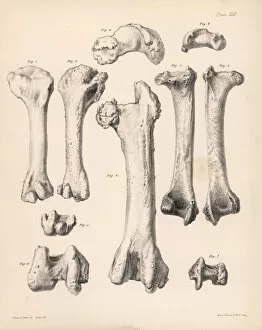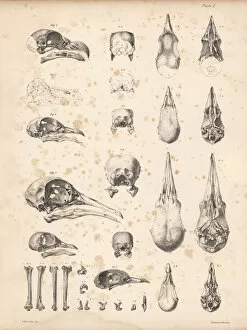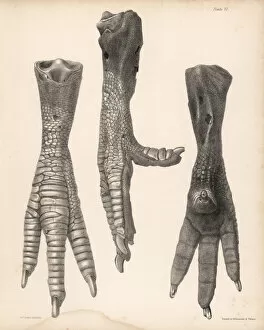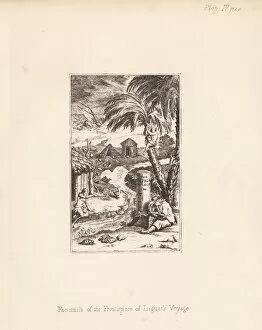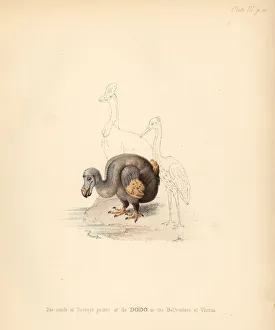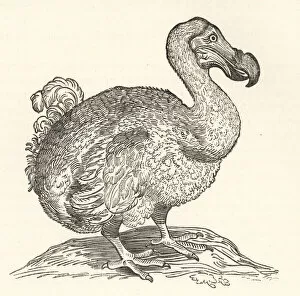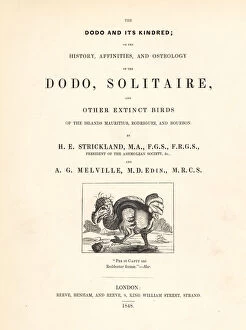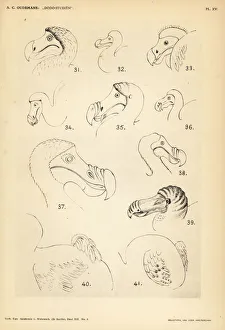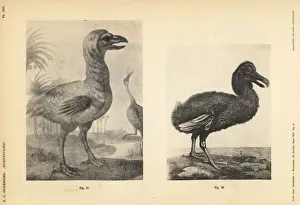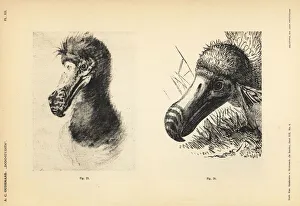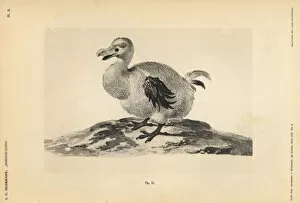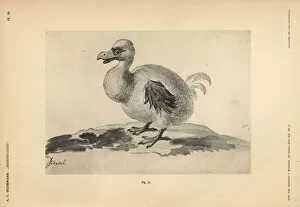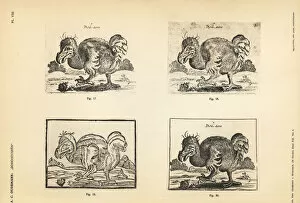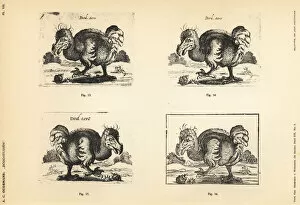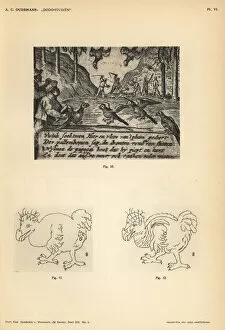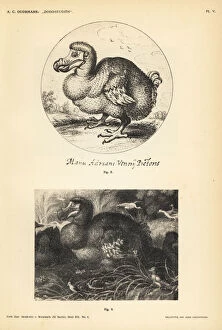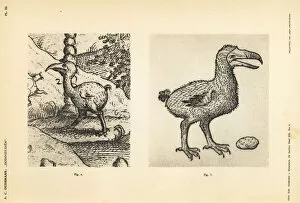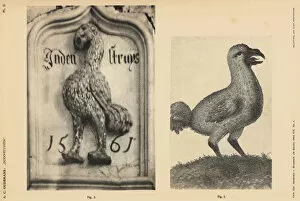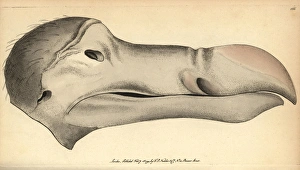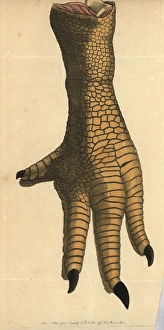Didus Collection
The didus, scientifically known as Raphus cucullatus or Didus ineptus, was a fascinating and now extinct bird species famously referred to as the dodo
All Professionally Made to Order for Quick Shipping
The didus, scientifically known as Raphus cucullatus or Didus ineptus, was a fascinating and now extinct bird species famously referred to as the dodo. This unique creature captivates our imagination with its peculiar appearance and unfortunate demise. Exploring the remains of this flightless bird reveals intriguing details about its anatomy. The skull, jaw, and sclerotic bones of the dodo provide valuable insights into its structure and feeding habits. Studying both upper and lower views of the skull allows scientists to reconstruct its facial features with precision. A side view showcases the distinct shape that made it instantly recognizable. Artistic depictions have played a crucial role in preserving our understanding of this enigmatic creature. Wood engravings like Roelandt Saverys' painting immortalize the dodo's image for future generations to admire. A facsimile picture by Roelandt further transports us back in time, offering a glimpse into what these birds might have looked like in their natural habitat. While primarily associated with Mauritius, another island called Rodrigues also housed an extinct species related to the dodo. Discovering tibiae, metatarsi, craniums, sternums, and toes from both these birds sheds light on their evolutionary history within the pigeon family. One of the earliest illustrations ever published featuring a dodo dates back to 1601 by van Neck—a testament to humanity's fascination with this remarkable creature throughout history. Although we can only marvel at these remnants today due to their extinction centuries ago, studying them continues to deepen our understanding of Earth's diverse past. The didus serves as a poignant reminder of how fragile life can be and motivates us to protect other vulnerable species still roaming our planet today.

